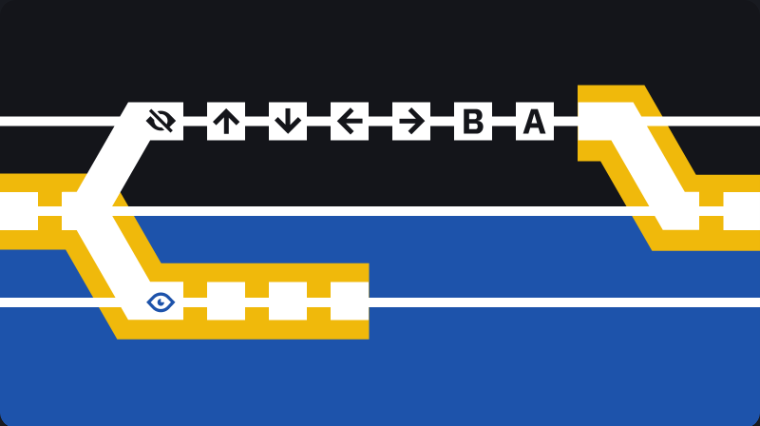
Understanding Bitcoin's Incentive Mechanism
Bitcoin is a fair and just incentive game. In a decentralized ecosystem, participants receiving relatively fair returns is key to the long-term stable operation of the network. Financial incentives are the main motivation for nodes to maintain network security—nodes that act honestly are rewarded, while those that don't lose rewards.
This scenario is common in cryptocurrency mining. Parties invest significant funds in hardware equipment and electricity consumption, hoping to recoup costs and turn a profit by adding new blocks to the blockchain. The simplest way for miners to maximize profits is to follow the rules.
After adding a new block to the chain, the miner receives all transaction fees from that block, plus a portion of newly minted tokens. We refer to these new tokens as the block reward. For every 210,000 blocks added (approximately four years), the reward is halved. At the time of writing, the reward is 12.5 BTC, which will drop to 6.25 BTC in a few months.
The financial incentives in mining intensify competition, ultimately enhancing the network's security and decentralization. Some speculate that these incentives could be manipulated. In this article, we will discuss the concept of selfish mining.
How Does Selfish Mining Work?
Back in 2013, researchers Ittay Eyal and Emin Gün Sirer explored and studied selfish mining in their paper "Majority is not Enough: Bitcoin Mining is Vulnerable." Contrary to popular belief, the paper argued that Bitcoin's miner incentive mechanism is flawed and could lead to centralization of the network.
Let’s explain selfish mining with a concrete example. Assume the hash rate is evenly distributed among Alice, Bob, Carol, and Dan, each holding 25%. Alice, Bob, and Carol follow the rules, but Dan attempts to exploit the system for personal gain.
Normally, miners immediately add newly mined blocks to the chain. This is what the honest participants Alice, Bob, and Carol do. However, Dan withholds newly mined blocks (not adding valid blocks to the chain). Even more luckily, he mines two blocks in a row before others.
Suppose 100,000 blocks have been mined, and Alice, Bob, and Carol are trying to mine the 100,001st block. Dan finds a new block but does not publish it to the network. At this point, two chains emerge: the public chain and Dan's private chain (the latter being longer). While others are mining the 100,001st block, he has already mined the 100,002nd block.
Thus, Dan's private chain is two blocks ahead of the others. If his luck continues, his private chain will always remain two blocks ahead. When others catch up and are only one block behind, he reveals his private chain.
Now, Dan's published private chain is longer than the chain others are using. According to the so-called longest chain rule, the correct chain we use is the one with the most accumulated PoW (proof-of-work—this metric is also called chain work). Therefore, if nodes detect a chain with significant accumulated work, they will switch to it and contribute their hash power.
At this point, Alice, Bob, and Carol realize that Dan's private chain is the one to follow. All the rewards they earned on the other chain are now invalid, but Dan can claim rewards for the blocks he mined on his chain.
Is Selfish Mining a Threat to Bitcoin?
In this scenario, participants who work as intended do receive fewer rewards. Additionally, selfish mining is extremely wasteful. However, note that those attempting this behavior have a strategic advantage over other network participants. Thus, some miners may follow the attacker, worsening the situation.
In their paper, Eyal and Sirer emphasized that parties in the network would collaborate with selfish entities to maximize profits, and selfish mining would gradually increase a mining pool's hash rate, eventually becoming a major risk. If a single mining pool gains majority hash power, it could launch a 51% attack.
However, many argue that this behavior is not a threat, as miners have ideological considerations, and the reward mechanism helps maintain the network's decentralized operation. Disrupting the ecosystem would render miners' investments in electricity and equipment worthless, making profits impossible.
Conclusion
If a coalition of miners successfully implements selfish mining, it could indeed generate significant profits for participants. In the worst case, this incentive model could lure honest miners into selfish mining, severely harming Bitcoin's decentralization.
But from a broader perspective, it makes little sense for parties to unite in this way. After all, severe network disruption would cause Bitcoin's value to drop, directly undermining mining profitability.
















